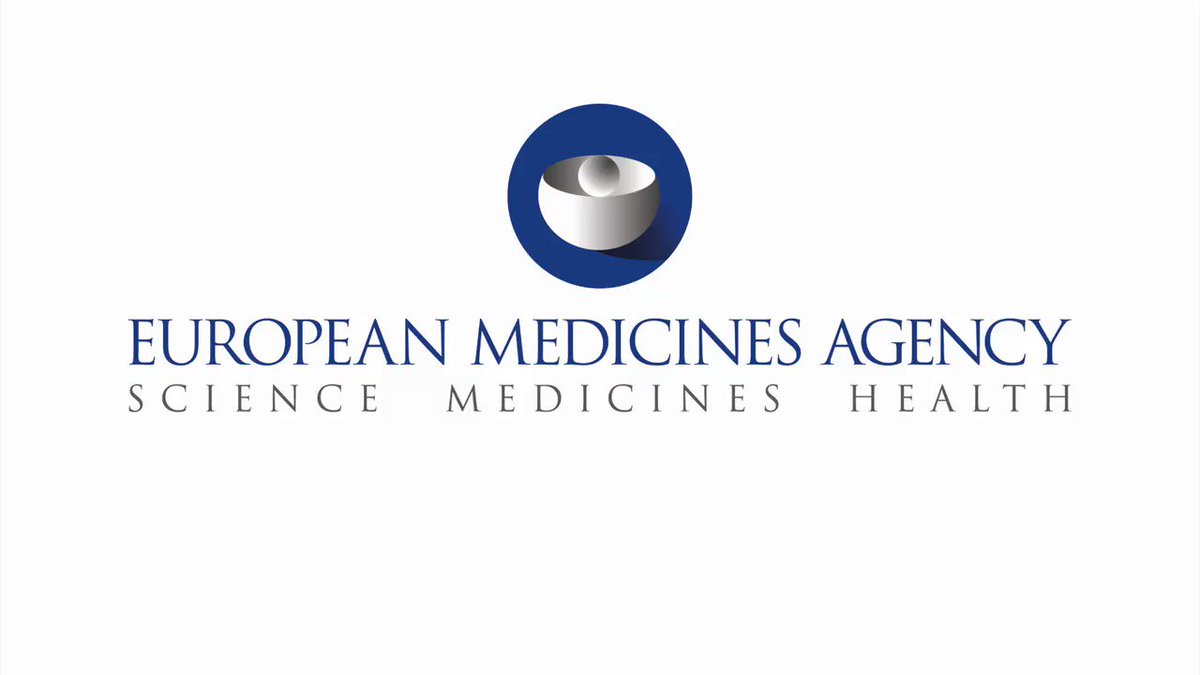The article highlights the key points associated with the regulatory framework for specific categories of medicinal products.

Table of content
The Committee for Medicinal Products for Human Use (CHMP) has published a comprehensive Questions and Answers (Q&As) document addressing the development and assessment of medicinal products that involve Companion Diagnostics (CDx), particularly in the context of the newly implemented Regulation 2017/746 (In Vitro Diagnostic Regulation, IVDR).
This document is intended to clarify recurring issues noted in pre-authorization interactions and marketing authorization/variation applications for medicinal products, referred to as drug regulatory submissions.
This Q&A document does not cover assessments for clinical trial approval by National Competent Authorities (NCA) or the conformity assessment of CDx by a notified body but rather focuses on guidance for generating adequate data for marketing authorization applications for medicinal products.
It should be read in conjunction with relevant regulations, scientific and regulatory guidelines, and procedural guidance documents.
Specifically, Regulation (EU) 2017/746 (IVDR) is crucial for CDx development and assessment as in vitro diagnostic medical devices.
Regulatory Background
The IVDR defines “companion diagnostic” as a device essential for the safe and effective use of a corresponding medicinal product, primarily to identify patients most likely to benefit from or be at risk from serious adverse reactions to the medicinal product.
Companion diagnostics are vital for determining patient eligibility for specific treatments through biomarkers, identifying subjects at risk, or confirming the safety and effectiveness of a therapeutic product.
Regarding the IVDR requirements for In Vitro Diagnostic medical devices (IVDs) in the context of medicinal product development, applicants should consider the relevant Medical Device Coordination Group (MDCG) guidance documents, such as MDCG 2022-2, MDCG 2022-10, and MDCG 2023-1.

Approach in Detail
In the context of CDx, a conformity assessment by a notified body is required, with consultation from the relevant medicinal product competent authority (EMA for centrally authorized medicinal products) to obtain CE marking.
The CHMP/CAT consultation focuses on the CDx’s suitability for use with concerned medicinal products.
Applicants or manufacturers are advised to contact a notified body timely regarding the conformity assessment procedure and refer to EMA guidance on procedural aspects for consultation on companion diagnostics.
The CHMP also emphasizes that the robustness of clinical data is partly determined by the reliability and suitability of a test (assay) used in pivotal clinical trials. Validation data on biomarker assays (candidate CDx) is crucial for marketing authorization applications for medicinal products, given their importance for assessing the benefit/risk balance of the related medicinal product.
Discussions related to predictive biomarker assays (candidate CDx) can be part of scientific advice procedures.
The document further references several guidelines and papers, including the ICH guideline E18 on genomic sampling and management of genomic data, and the Reflection paper on methodological issues with pharmacogenomic biomarkers.
The agency’s position on predictive biomarker investigations in drug development is described in relevant clinical efficacy and safety guidelines.
The strategy for developing a biomarker assay for patient eligibility should be scientifically sound and planned early to aim for CDx co-development with the medicinal product.
The development and validation processes for predictive biomarker assays are detailed, focusing on the biomarker’s biological rationale, characteristics, measurement approach, prevalence, and analytical methods.
Specific Aspects
According to the document, clinical validation aspects include pre-analytical factors, sample collection, analytical performance parameters, data generation strategy, patient population eligibility rationale, and relevant clinical cut-off values.
Biomarkers can be initially qualified for a specific use in the regulatory qualification procedure.
When predictive biomarker assays are used for patient eligibility in clinical trials supporting drug regulatory submissions, companies should identify if the medicinal product is to be used with a CDx.
The submitted dossier should clarify the assay’s status as a predictive biomarker assay for efficacy/safety and provide detailed information on its analytical validation, eligibility criteria of the pivotal trial, data supporting cut-point selection, completeness of data collection, and consistency of recruitment and assay performance.
As further explained in the document, in cases where more than one assay measures the same biomarker in a clinical trial, principles for each assay used apply, including concordance analyses and justification for sequential testing approaches.
Information about biomarker-based assays used as CDx should be reflected in the summary of product characteristics (SmPC) of the medicinal product, in line with the SmPC guideline and recommendations from the SmPC advisory group on pharmacogenomics information.
The document also addresses the use of validated assays manufactured and used within health institutions in the EU for patient eligibility, the requirement for scientific evidence when IVD assays/tests are used outside their intended purpose, and the need for a completed conformity assessment for an IVD intended to be used as CDx with a specific drug to support regulatory approval of the concerned drug.
Conclusion
In summary, the present CHMP Q&A document offers comprehensive guidance on the development and assessment of medicinal products involving companion diagnostics, aligning with the IVDR.
It underscores the importance of early planning, robust biomarker assay development, and validation to ensure effective and safe medicinal product use.
The document is intended to assist applicants and manufacturers in navigating the complex regulatory landscape of drug development involving CDx.
How Can RegDesk Help?
RegDesk is a holistic Regulatory Information Management System that provides medical device and pharma companies with regulatory intelligence for over 120 markets worldwide. It can help you prepare and publish global applications, manage standards, run change assessments, and obtain real-time alerts on regulatory changes through a centralized platform. Our clients also have access to our network of over 4000 compliance experts worldwide to obtain verification on critical questions. Global expansion has never been this simple.
Want to know more about our solutions? Speak to a RegDesk Expert today!
–>
- SEO Powered Content & PR Distribution. Get Amplified Today.
- PlatoData.Network Vertical Generative Ai. Empower Yourself. Access Here.
- PlatoAiStream. Web3 Intelligence. Knowledge Amplified. Access Here.
- PlatoESG. Carbon, CleanTech, Energy, Environment, Solar, Waste Management. Access Here.
- PlatoHealth. Biotech and Clinical Trials Intelligence. Access Here.
- Source: https://www.regdesk.co/chmp-qa-document-on-development-and-assessment-for-companion-diagnostic-products/



